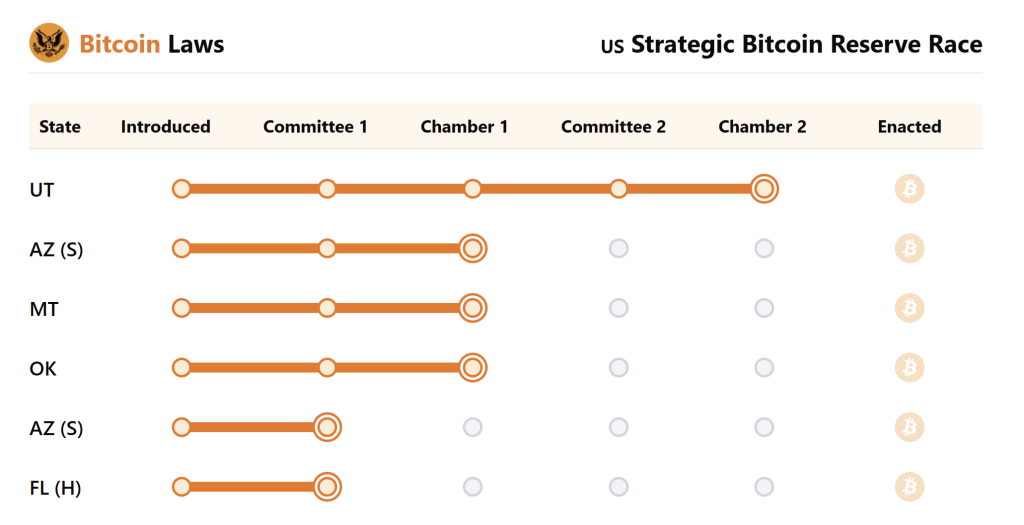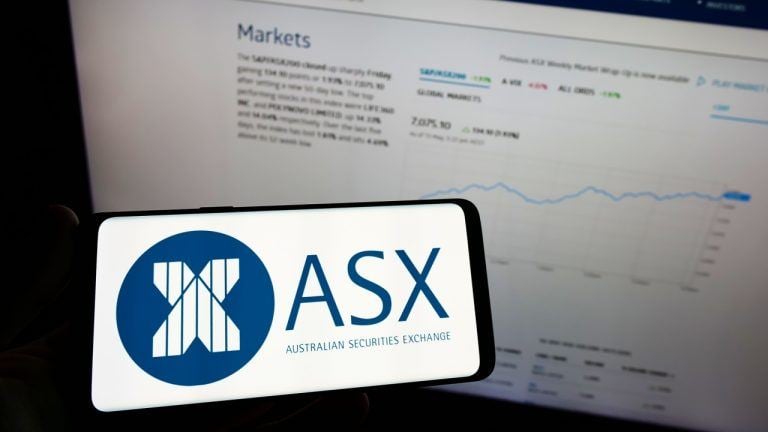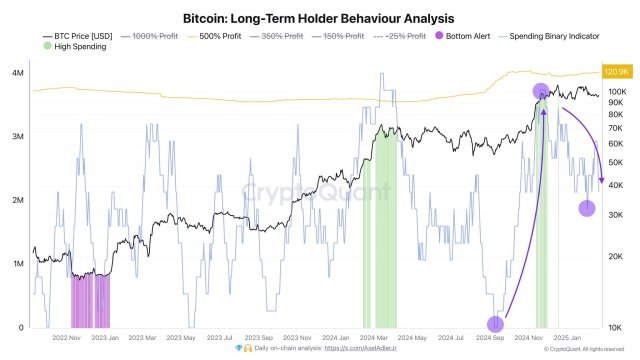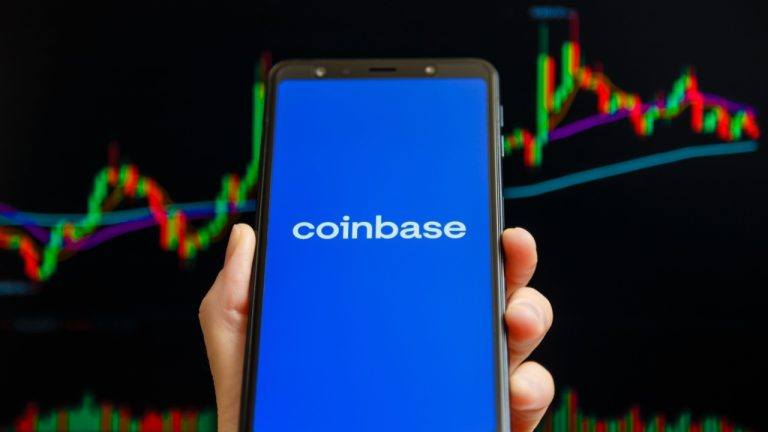A Bitcoin is a digital token that can be sent electronically from one user to another, anywhere in the world.
A Bitcoin can be divided out to eight decimal places, so you can send someone 0.00000001 Bitcoin. This smallest fraction of a Bitcoin — the penny of the Bitcoin world — is referred to as a Satoshi, named after the pseudonymous creator of Bitcoin.
Bitcoin is also the name of the payment network on which this form of digital currency is stored and moved. Unlike traditional payment networks such as Visa, the Bitcoin network is not run by a single company or person. The system is run by a decentralized network of computers around the world that keep track of all Bitcoin transactions, similar to the way Wikipedia is maintained by a decentralized network of writers and editors.
Bitcoin was introduced in 2008 by a creator who goes by the name Satoshi Nakamoto, who communicated with the rest of the world only by email and social messaging. While several people have been identified as possibly being Satoshi, the identity of the real Satoshi has not been confirmed.
Satoshi created the original rules of the Bitcoin network and then shared the software with the rest of the world in 2009. The inventor largely disappeared from the public two years later. Once Satoshi had released the software, anyone could download and use it. This means Satoshi has no more control over the network now than anyone else.
Bitcoin mining refers to the process through which new Bitcoins are created and given to computers helping to maintain the network.
The computers involved in Bitcoin mining are in a sort of computational race to process new transactions coming onto the network, solving complex math problems that require quintillions of numerical guesses per second. The winner of that race — generally the person with the fastest computers — gets a chunk of new Bitcoins. Since miners can earn rewards but are independent, this process is meant to incentivize participation and maintenance.
There is generally a new winner about every 10 minutes, and this will continue until there are 21 million Bitcoins in the world. At that point, no new Bitcoins will be created. The network is expected to reach that cap in 2140.
Every Bitcoin in existence was created through this method and initially given to a computer helping to maintain the records. In Bitcoin’s early years, a crypto enthusiast could mine coins by running software on a laptop. But as the digital assets have become more popular, the amount of power necessary to win the race and generate Bitcoins has soared. A single Bitcoin transaction now requires more than 2,000 kilowatt-hours of electricity, or enough energy to sustain the average U.S. household for 73 days, according to some estimates.
A blockchain is a database that is maintained communally and that reliably stores digital information.
The original blockchain was the database on which all Bitcoin transactions were stored. It was named “blockchain” because the transactions coming onto the network were grouped into blocks of data and then chained together using sophisticated math.
After the Bitcoin blockchain had operated for a number of years, successfully storing every Bitcoin transaction and surviving numerous attacks from hackers, many programmers and entrepreneurs wondered if its design could be replicated to create other kinds of secure ledgers unrelated to Bitcoin.
Companies and governments that don’t rely on currency have since begun using blockchain technology to store their data. Banks are building blockchains that can track payments between accounts, while governments are experimenting with using blockchains to store property records and votes.
Coinbase is a platform that allows people and companies to buy and sell various digital currencies, including Bitcoin, for a transaction fee. It is similar to a stock exchange.
Founded in San Francisco in 2012, Coinbase allows people and companies to buy and sell various digital currencies, including Bitcoin. In April 2021, Coinbase became the first major cryptocurrency company to list its shares on a U.S. stock exchange.
Coinbase set itself apart from other early blockchain businesses by becoming one of the first to get a new special license, called the BitLicense, to run a virtual currency company in New York. In addition to providing the brokerage service for small investors, Coinbase also runs an exchange called GDAX, which is tailored to larger investors.
“Cryptocurrencies” is a term referring to the various virtual currencies that have been developed since Bitcoin was created.
The most well-known cryptocurrencies are Ether, Dogecoin and Tether.
Ether is the virtual currency used on the global computing network Ethereum, which operates according to rules defined by Ethereum software. Those rules allow the Ethereum network to be programmed to complete certain types of computing tasks, with every computer on the network completing the tasks simultaneously to ensure they are done correctly. Generally, the tasks involve money.
The creator of Ethereum, Vitalik Buterin, has likened the network to a global smartphone that can be programmed to operate according to the apps built on top of it. The apps are called Dapps because they are run by a decentralized network of computers.
Mr. Buterin was inspired by Bitcoin’s success to create Ethereum. But he set out to build something that could do more than Bitcoin: He wanted to build a system that would make it possible to program more complex financial transactions. With Ethereum, two companies can conduct transactions, such as settling a stock option on a shared computer, that allows them both to check the records.
Dogecoin was created as a parody of cryptocurrency in 2013 by two friends who had met in a chat room. Named after a meme of an expressive dog, Dogecoin was meant to mock the self-serious cryptocurrencies of the time, many of which never took off. The joke did, though, and it spawned a community of enthusiasts who have kept it alive for years.
Tether is the largest stablecoin, a type of cryptocurrency that is typically pegged to an existing government-backed currency. It is roughly half-invested in a type of short-term corporate debt called commercial paper.
Decentralized Finance, or DeFi, refers to the universe of alternative financial services spawned by the development of cryptocurrencies.
DeFi is an umbrella term for the part of the crypto universe that is geared toward building a new, internet-native financial system, using blockchains to replace traditional intermediaries like banks and trust mechanisms. It has allowed crypto businesses to move into more traditional banking territory, offering services such as lending and borrowing.
Investors can earn interest on their holdings of digital currencies — often a lot more than they could on cash deposits in a bank — or borrow with crypto as collateral to back a loan. Crypto loans generally involve no credit checks since transactions are backed by digital assets.
To send or receive money in the traditional financial system, you need intermediaries like banks or stock exchanges. In DeFi, those middlemen are replaced by software. As people trade directly with one another, blockchain-based “smart contracts” do the work of making markets, settling trades and ensuring that the entire process is fair and trustworthy.
A nonfungible token, or NFT, is a digital asset that establishes authenticity and ownership and can be verified on a blockchain network.
An NFT is basically a way to claim ownership of a digital file: You can think of it as a certificate of authenticity you might get if you buy an expensive sculpture. The sculpture can be copied, forged or even stolen, but because you have the certificate of authenticity, you can theoretically prove that you are the owner of the original.
NFTs make digital artworks unique and, therefore, sellable. Artists, musicians, influencers and sports franchises can use them to monetize digital goods that were previously cheap or free. The technology also responds to the art world’s need for authentication and provenance in an increasingly digital world, permanently linking a digital file to its creator.
The technology for NFTs has been around since the mid-2010s but became mainstream in late 2017 with CryptoKitties, a site that allowed people to buy and “breed” limited-edition digital cats with cryptocurrency. Since then, investors have begun buying and trading NFTs, often for eye-popping prices.
A stablecoin is a type of cryptocurrency that is typically pegged to a stable asset, like the dollar or another government-backed currency.
To promise holders that every $1 they put in will remain worth $1, stablecoin issuers hold a bundle of assets in reserve, usually short-term securities such as cash, government debt or commercial paper.
Stablecoins are useful because they help lock in value at the time of transaction. This is important since cryptocurrencies are volatile and prone to price fluctuations. They form a bridge between traditional money and crypto, and are exploding in popularity as a practical and cheap way to make transactions in cryptocurrency.
But many stablecoins are built more like slightly risky investments than like the dollars-and-cents cash they claim to be. And, so far, they are slipping through regulatory cracks.
Regulators are concerned about stablecoins because they have exploded in popularity very quickly, and because many are backed by traditional reserves, they could and trigger a kind of bank run that would potentially pose risks in the wider financial system. There is also no consistent oversight of issuers or a standard for reserves, and as such different stablecoin issuers have different types of reserve backing, including more or less cash, treasuries, commercial paper, etc.
There are a few kinds of stablecoins, including these digital assets backed by traditional reserves, others are collateralized by crypto and, finally, algorithmic stablecoins. The risk in algorithmic stablecoins — which depend on a mathematical formula devised by issuers and investor interest to maintain stability — was demonstrated in May when Terra/Luna crashed after the assumptions the algorithm was premised on did not pan out in the market and investors fled.
“Web3” is a term some technologists use to describe the idea of a new version of the web made up of blockchain-based platforms and services fueled by cryptocurrency.
At its core, web3 aims to replace centralized corporate platforms with open protocols and decentralized, community-run networks. The term has been around for years, but it has become trendy in the past year or so. Packy McCormick, an investor who helped popularize web3, has defined it as “the internet owned by the builders and users, orchestrated with tokens.”
Web3 is seen as the next evolution of web1 (the era in the 1990s and early 2000s during which the internet was made up of blogs, message boards and early portals like AOL and CompuServe) and web2 (a phase starting around 2005 or so, characterized by social media behemoths like Facebook, Twitter and YouTube).
Proponents envision that web3 will take many forms, including decentralized social networks, “play-to-earn” video games that reward players with crypto tokens, and NFT platforms that allow people to buy and sell pieces of digital culture. The more idealistic ones say web3 will transform the internet as we know it, upending traditional gatekeepers and ushering in a new, middleman-free digital economy.
But some critics believe that web3 is little more than a rebranding effort for crypto, with the aim of shedding crypto’s reputation as a place for rogues and rebels and convincing people that blockchains are the next phase of computing. Others believe it’s a dystopian vision of a pay-to-play internet in which every activity and social interaction becomes a financial instrument to be bought and sold.

You can get bonuses upto $100 FREE BONUS when you:
💰 Install these recommended apps:
💲 SocialGood - 100% Crypto Back on Everyday Shopping
💲 xPortal - The DeFi For The Next Billion
💲 CryptoTab Browser - Lightweight, fast, and ready to mine!
💰 Register on these recommended exchanges:
🟡 Binance🟡 Bitfinex🟡 Bitmart🟡 Bittrex🟡 Bitget
🟡 CoinEx🟡 Crypto.com🟡 Gate.io🟡 Huobi🟡 Kucoin.




















Comments